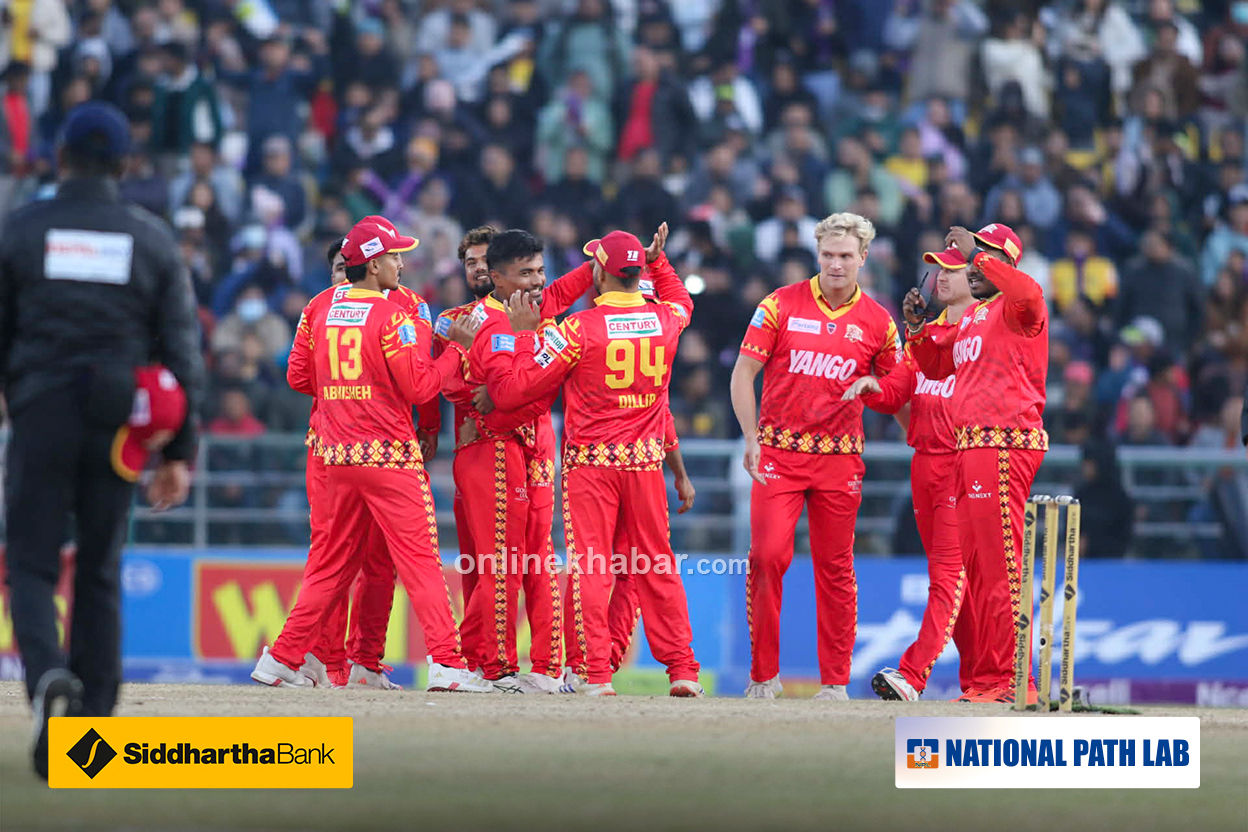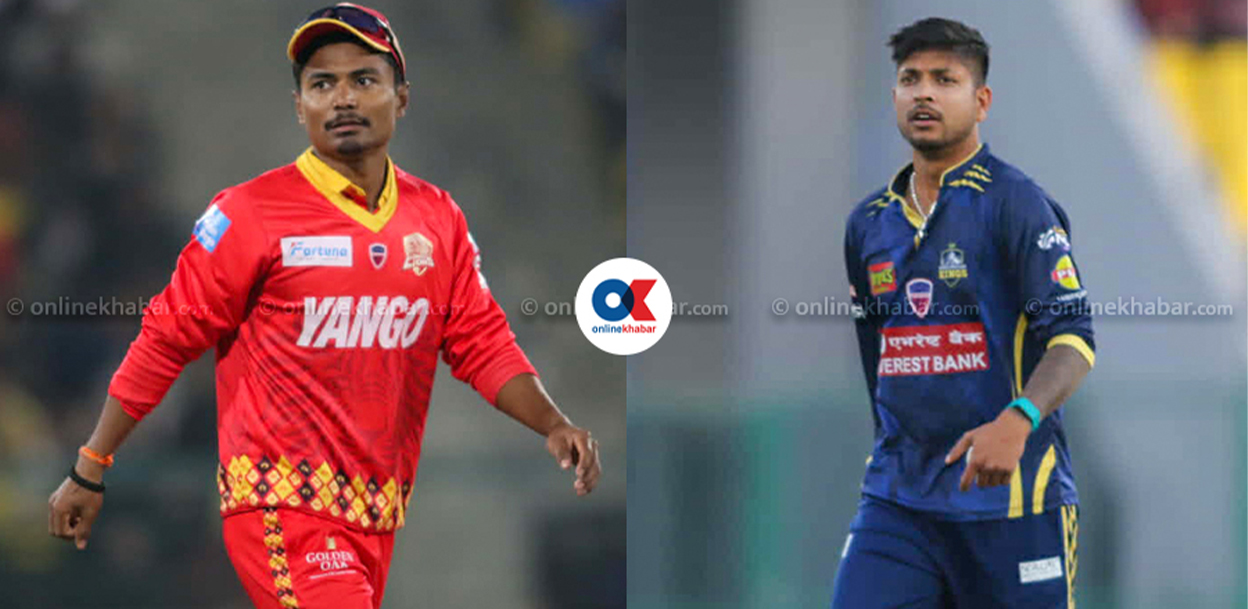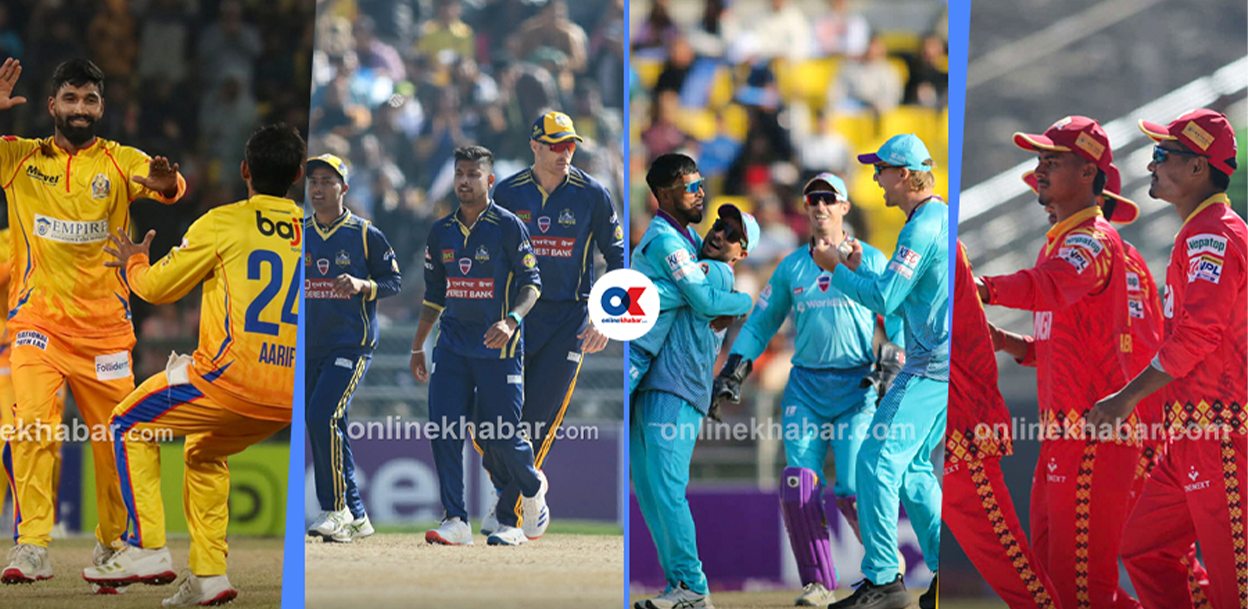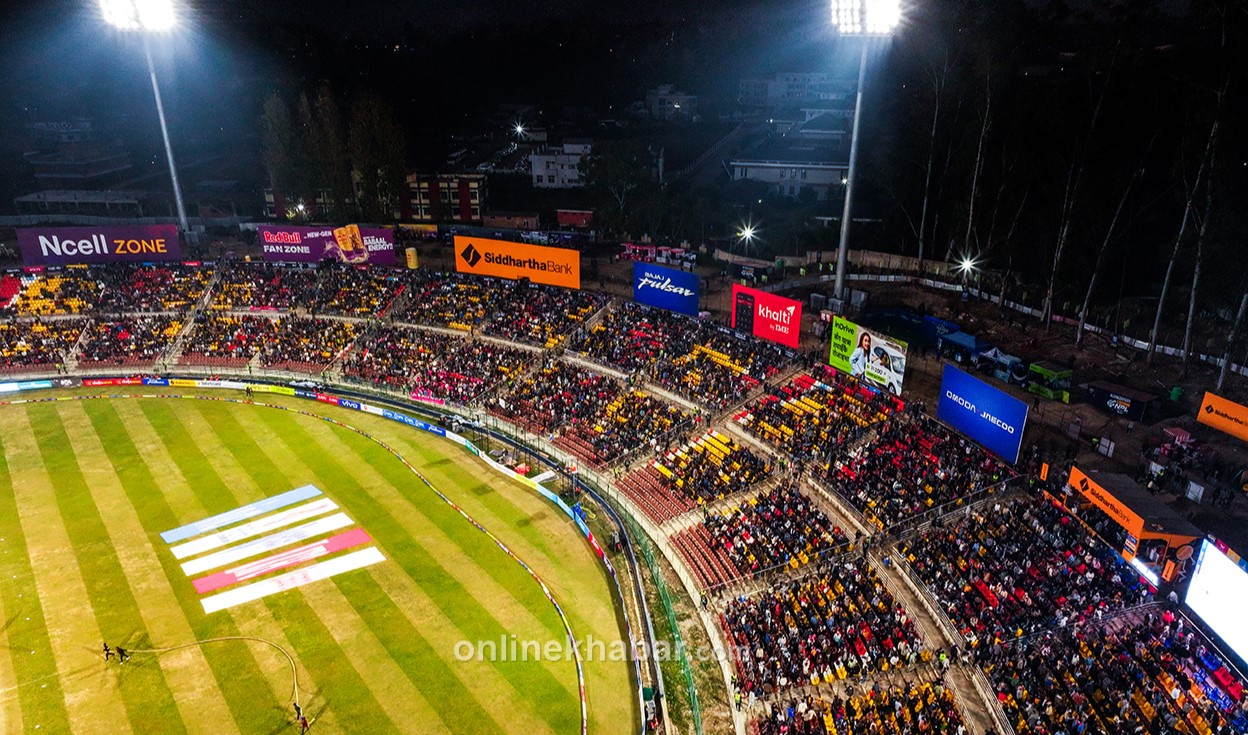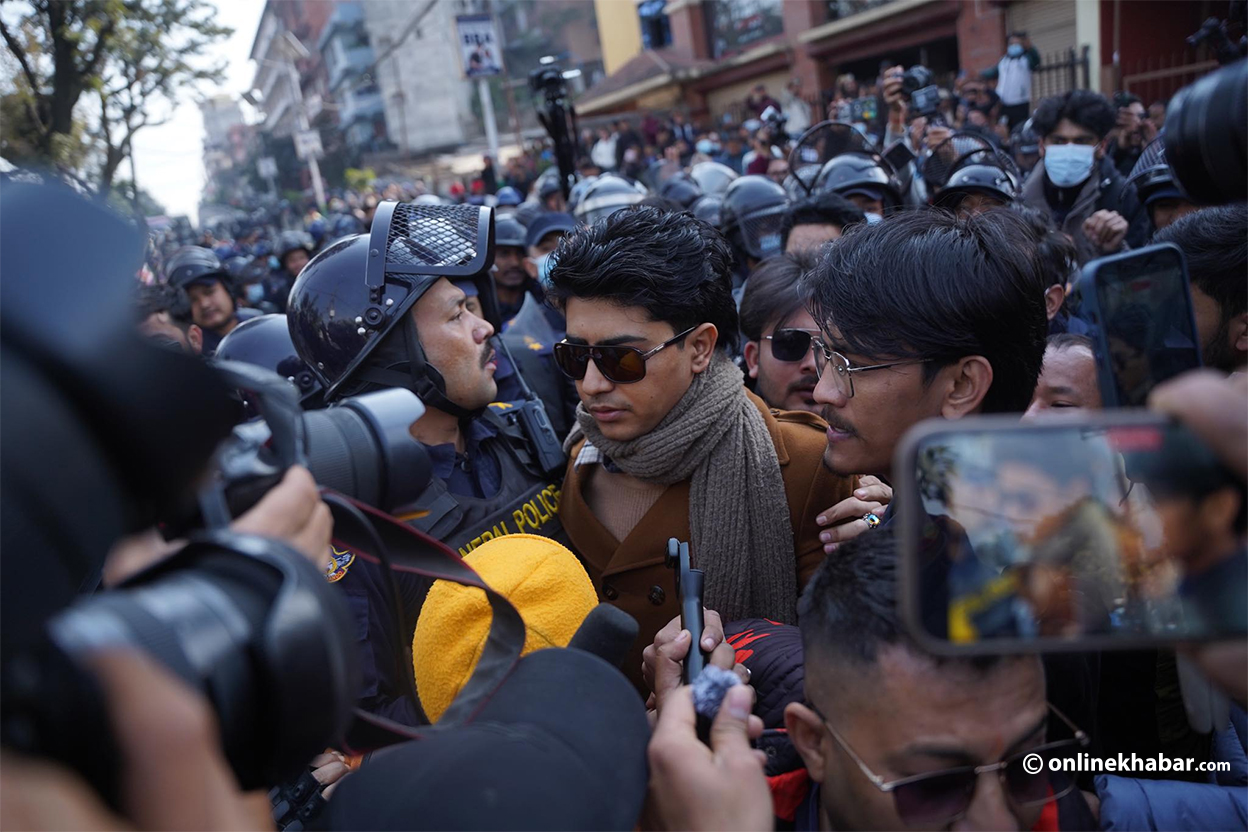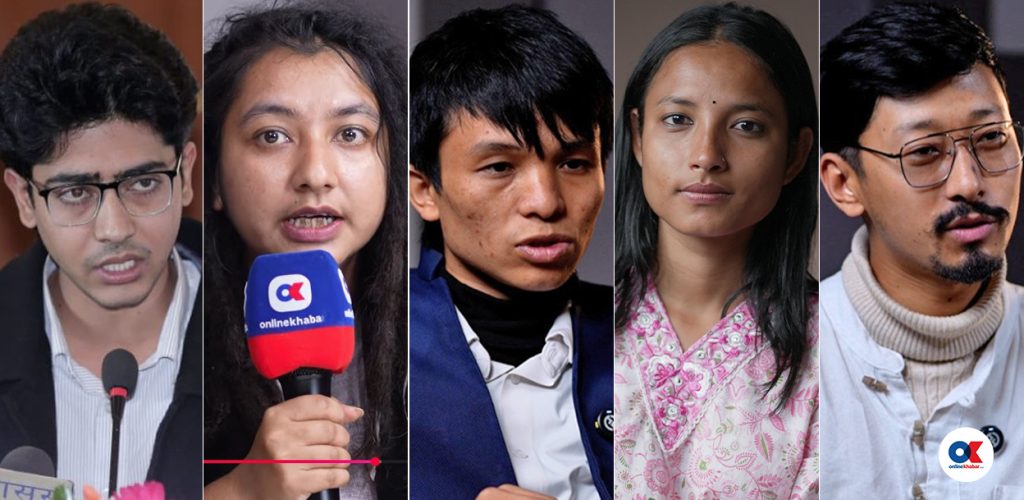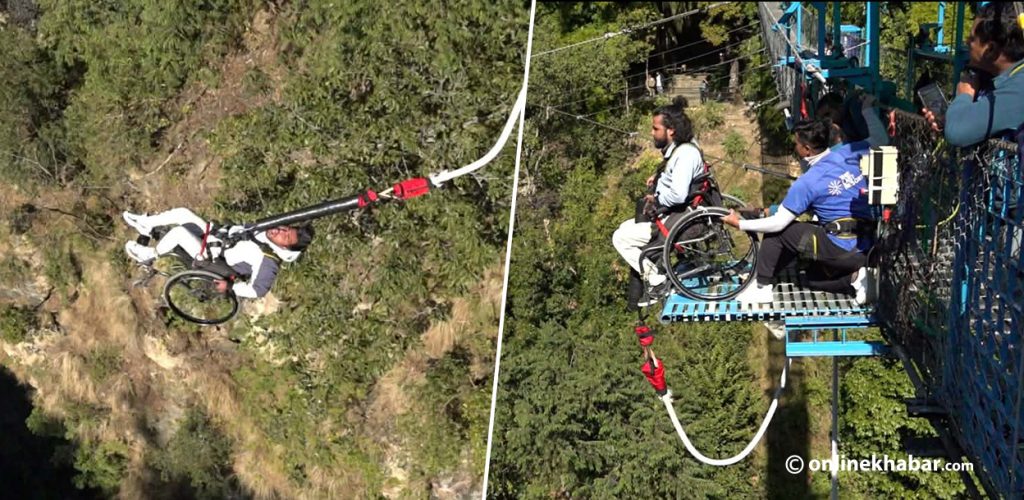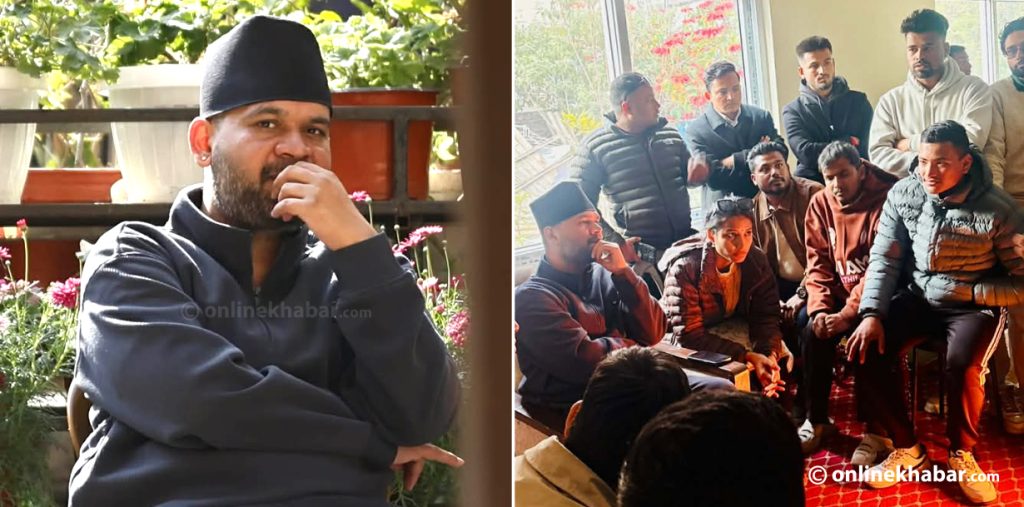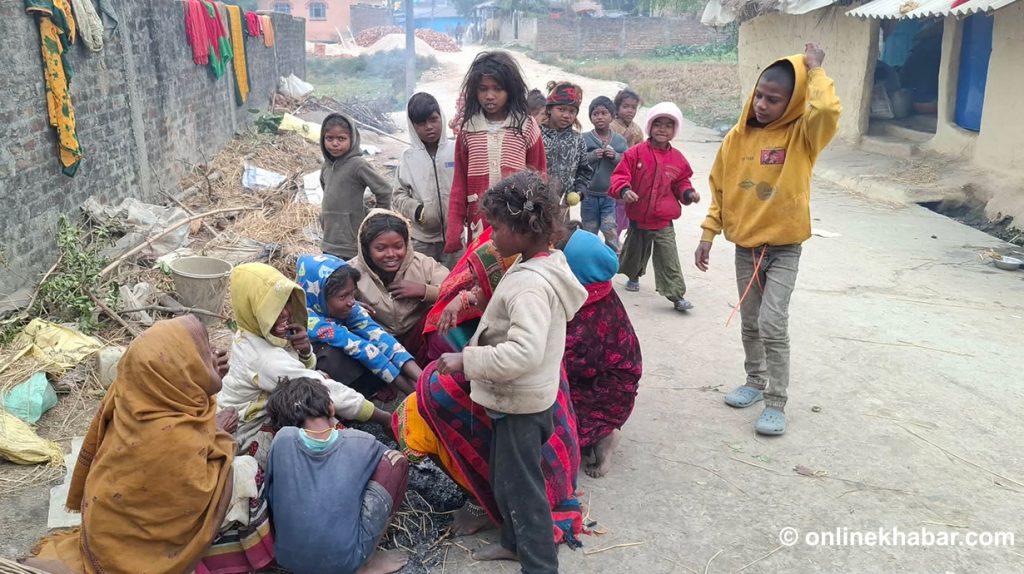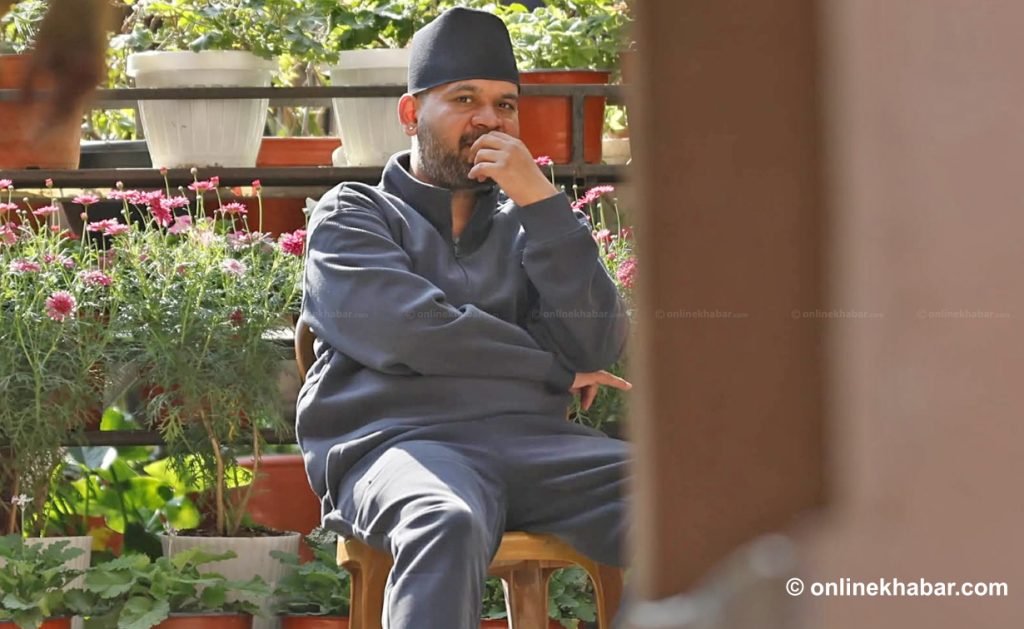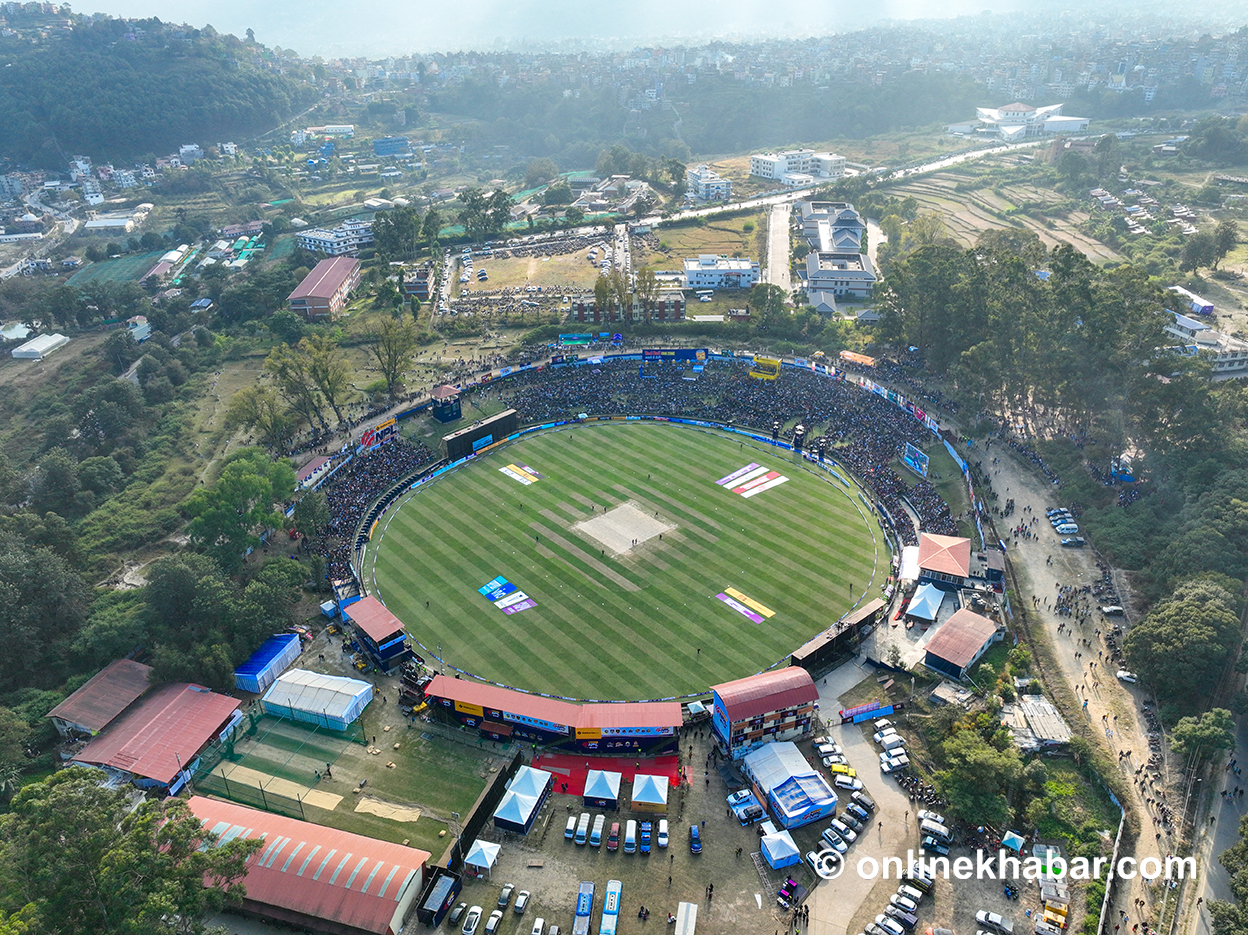
The much-anticipated Nepal Premier League (NPL) cricket tournament commenced in Kathmandu on Saturday, with a mix of excitement and disorder. Despite the celebratory atmosphere, the inaugural match highlighted significant management issues, underlining the challenges ahead for the Cricket Association of Nepal (CAN).
The NPL, Nepal’s first franchise cricket league, aims to revolutionise the domestic cricket scene. Organised by CAN, the event has drawn immense attention from fans, players, and stakeholders, making the TU Cricket Ground in Kirtipur the centre of cricket festivities. From recruiting internationally recognised players to upgrading the “Home of Nepali Cricket,” CAN’s efforts were evident.
Yet, the league’s socio-cultural and economic significance goes beyond cricket. As CAN President Chatur Bahadur Chand noted in a pre-match press conference, the NPL symbolises a “new era for Nepali cricket.” However, the inaugural match revealed management lapses that could lead to unfortunate outcomes if unaddressed.
Chaotic scenes and injuries outside the ground
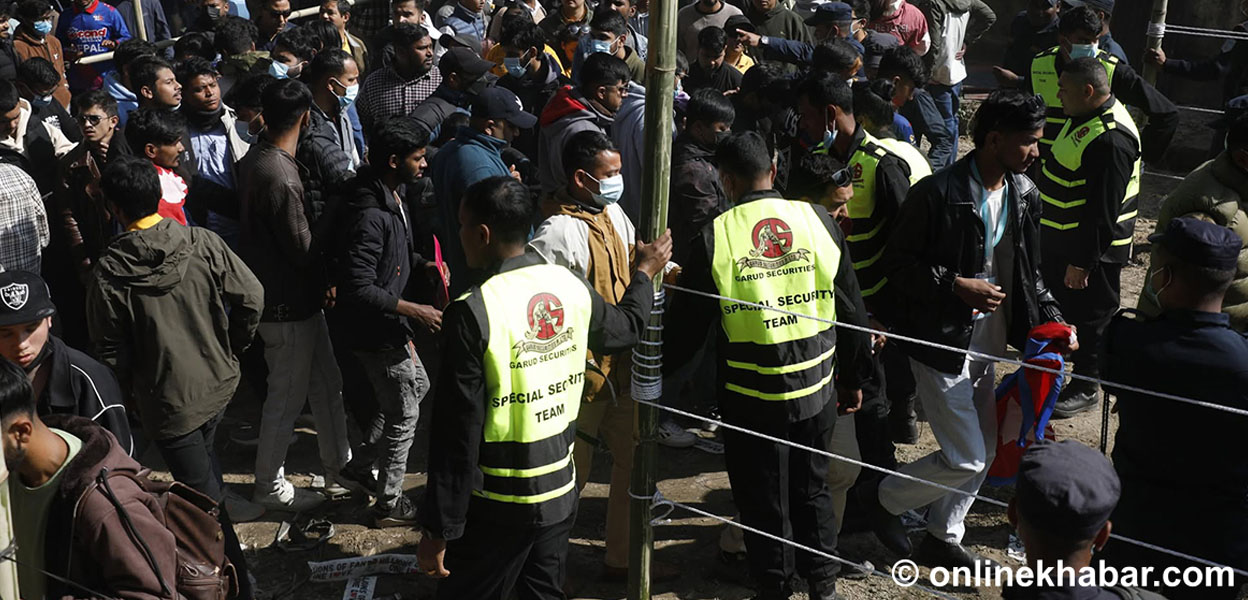
The tournament’s opening day saw unprecedented fan turnout, exacerbated by the weekend and pre-sold-out tickets. However, the lack of effective crowd management led to chaos. At least eight individuals, including fans and police officers, were injured during a stampede at the southern gate of the TU Ground.
According to SSP Binod Ghimire of the Kathmandu Valley Police Office, the injured were treated at various hospitals, including Bir Hospital and Teaching Hospital. Among them, 26-year-old police constable Ajay Tamang suffered serious injuries and was later transferred to Neuro Hospital in Bansbari after initial treatment.
Fans eager to witness the match struggled to enter the venue, even with valid tickets. Many expressed frustration over ticketing issues, as online ticket holders were required to collect physical stubs at the venue, leading to confusion and dissatisfaction. The situation escalated when security personnel restricted further entry, citing capacity limits.
In an attempt to breach the gate, fans clashed with police, prompting a baton charge. While Martin Guptill’s batting enthralled those inside the stadium, chaos unfolded outside, with fans running, shouting, and some being trampled amid the commotion.
Ticket management under scrutiny
CAN’s ticketing arrangements came under heavy criticism. Despite tickets selling out three days before the match, fans alleged overbooking and mismanagement. Some accused CAN’s ticketing partner, Khalti, of overselling tickets, while others lamented that those without tickets managed to enter the venue.
Khalti later announced refunds for fans who were denied entry, but the damage was done. Fans who had excitedly purchased tickets to watch international players like Guptill were left disappointed and angry.
Adding to the tension, CAN Secretary Paras Khadka’s pre-game appeal on social media for ticketless fans to watch from home went unheeded. Fans thronged the venue regardless, turning anger into protests when denied entry. Khadka himself intervened at the main gate, attempting to pacify fans by assuring refunds and urging them to leave peacefully.
“Please understand, we’ve already announced refunds,” Khadka told the crowd. “We don’t want to use force. Medical teams are stationed here. Let’s avoid any unpleasant incidents.”
However, even his appeals failed to calm the situation, as fans questioned why the venue’s capacity was advertised as 12,000 when many were turned away.
A history of mismanagement
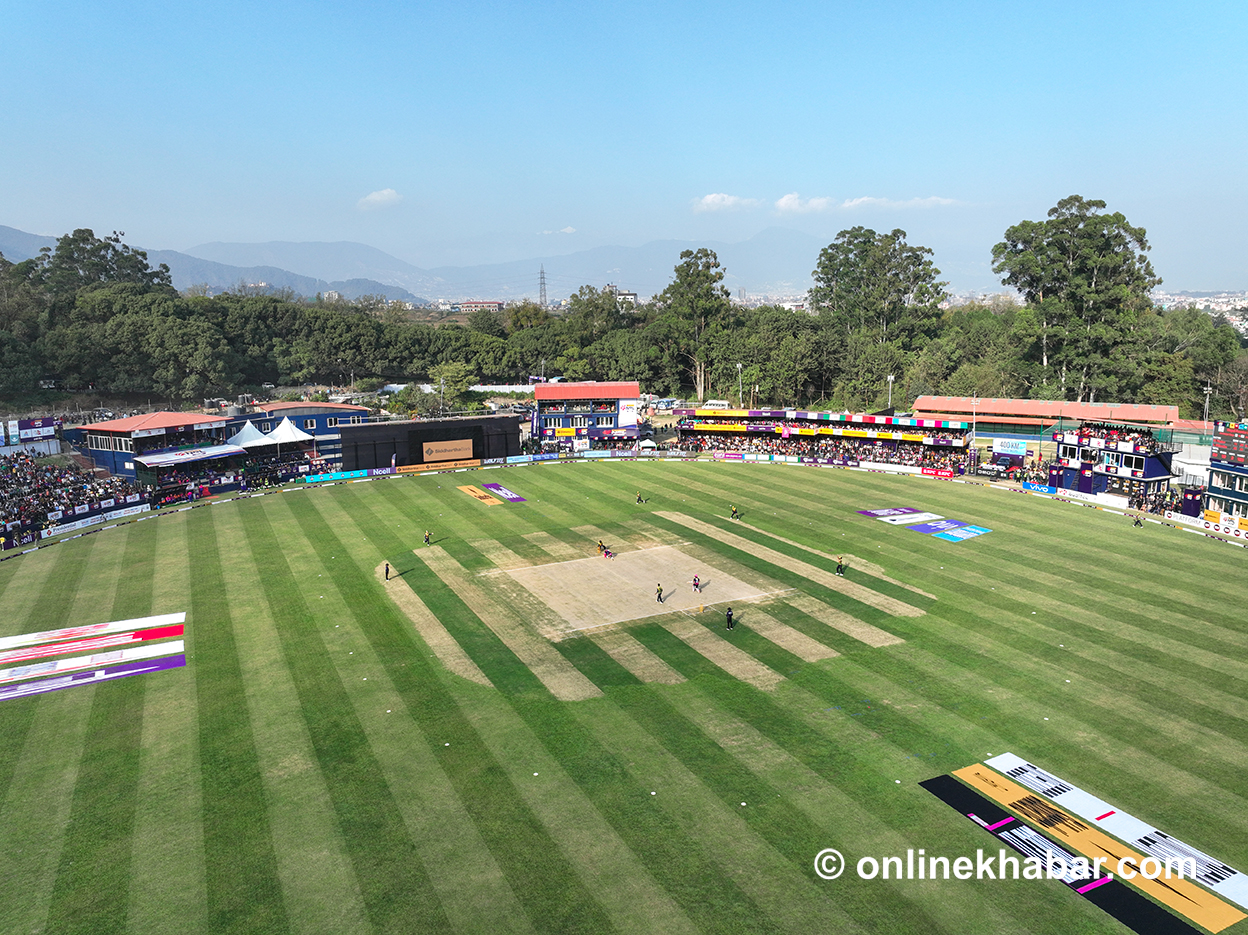
CAN’s struggle with crowd management is not new. Similar issues have plagued past events, including international matches and domestic tournaments. Saturday’s chaos highlighted the ongoing lack of a robust plan to handle Nepal’s passionate cricket fanbase.
Former CAN President Binay Raj Pandey emphasised the importance of crowd management in cricket. “This isn’t the first time we’ve seen such large crowds,” Pandey said. “With Nepal hosting more major tournaments in the future, CAN must prioritise crowd management to avoid such incidents.”
Pandey also stressed the need for proper arrangements for both entry and exit points.
Missed opportunities amid growing popularity
While the NPL showcases the growing love for cricket in Nepal, its success hinges on addressing logistical and operational flaws. CAN’s failure to align its planning with the overwhelming interest of fans could tarnish the league’s reputation and discourage future participation.
Saturday’s events also serve as a stark reminder of the potential consequences of poor management. The infamous 1988 tragedy at Dasharath Stadium, where 93 lives were lost during a football match due to a stampede caused by a hailstorm, stands as a grim warning of what can happen when safety measures are inadequate.
Infrastructure and communication gaps
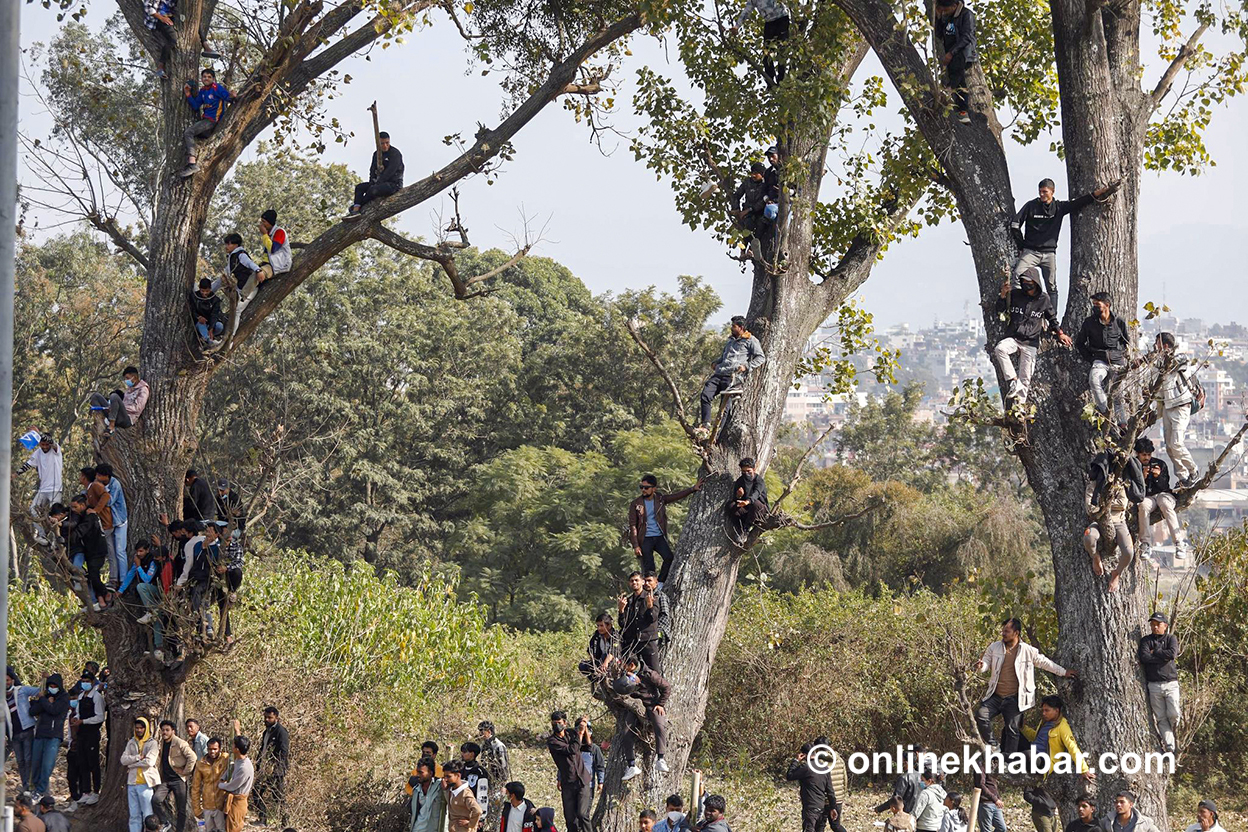
The lack of coordination between security forces and event organisers was evident. A more streamlined approach—such as allowing online ticket holders direct entry—could have mitigated the chaos. However, poor communication and last-minute decisions created confusion and risk.
Fans also pointed to alleged irregularities, such as tickets being sold outside the venue despite claims of a sellout. These allegations call for an independent investigation to restore trust in the event’s integrity.
Furthermore, CAN must invest in infrastructure to accommodate growing audiences. The TU Ground’s current capacity of 12,000 is insufficient to meet the demand for marquee events like the NPL.
Learning from mistakes
Saturday’s incidents underscore the need for CAN to adopt a more professional and forward-thinking approach. From transparent ticketing systems to improved crowd management, the association must prioritise fan experience alongside player performance.
Despite the challenges, the NPL holds immense potential to elevate Nepali cricket to new heights. With strong leadership and strategic planning, CAN can turn this setback into an opportunity to refine its processes and ensure the league’s long-term success.
Looking ahead
The opening match marked the beginning of a new chapter for Nepali cricket. However, the accompanying chaos has cast a shadow over what should have been a moment of pride. CAN now faces the dual challenge of maintaining the league’s momentum while addressing the gaps in its execution.
As fans and players look forward to the rest of the tournament, the association must act swiftly to prevent further incidents and ensure that cricket remains a unifying force in Nepal.
The NPL is more than just a tournament—it is a platform to showcase Nepal’s cricketing talent and bring communities together. By learning from Saturday’s mishaps and implementing necessary changes, CAN can ensure the league fulfils its promise of heralding a new era for Nepali cricket.




